

Max Davies
4 Days Ago
Ready to buy a new car? You'll probably need to free up some space in the garage, so here's how to get the best trade-in price at the dealer.

Marketplace Journalist


Marketplace Journalist
So, you want a new car? Chances are you’ll have to get rid of one first, and getting top dollar for your old set of wheels can go a long way to extending your buying budget.
Dealers will accept just about any car as a trade-in, but the price they offer can vary massively based on the condition of the vehicle you present them.
That doesn’t mean you have to spend thousands, as just a few simple preparation measures can add hundreds (if not thousands) of dollars to the value of your old faithful steed.
With that in mind, here are a few of the best ways to make sure your car is ready to impress on trade-in day.
It’s never cost-effective to complete a full restoration of your car before trading it in, but it can be worth fixing up any obvious blemishes.
MORE: Did you know you can sell your car fast and hassle-free with CarExpert?
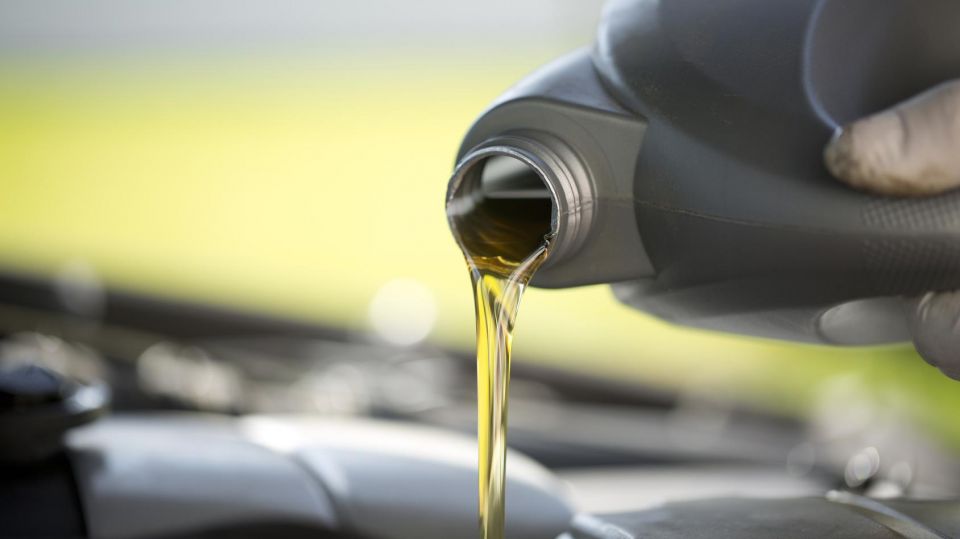
Small dents and scratches, missing trim pieces, blown bulbs, and low fluid levels are all issues worth addressing, as they don’t cost much to rectify and elevate the value of your car in the eyes of the dealer.
Whether you undertake these fixes also depends on what your car is worth. It may not be worth throwing cash at a $5000 beater, but more expensive models are definitely worth some love in the lead-up to trade-in.
Regardless, dealers have a sharp eye when it comes to picking out flaws.
“We walk around the car with the customer and point out any imperfections, whether it’s a bald tyre or dented bodywork,” Werribee Mitsubishi dealer principal, Brad Hopkins told CarExpert.
“That devalues the car for us but also shows the seller where it’s losing value.”
It might seem obvious, but many underestimate the power of a good wash.
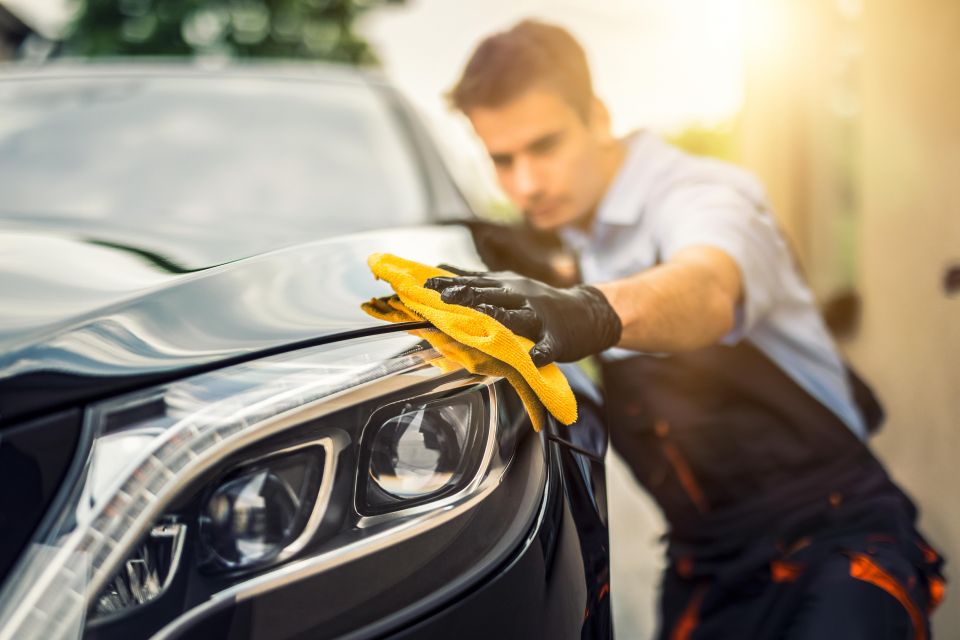
If you’ve got the time, a hand wash of the exterior will ensure every inch is free of dust, dirt, and other nasties – but even $20 at the local carwash can make a huge different to the appearance of a car.
However, you shouldn’t stop there. A clean interior is just as important.
“Make sure the car is clean and detailed if possible, that’s the best way to present a car to a dealer,” Mr Hopkins said.
“Don’t leave McDonald’s wrappers in the back!”
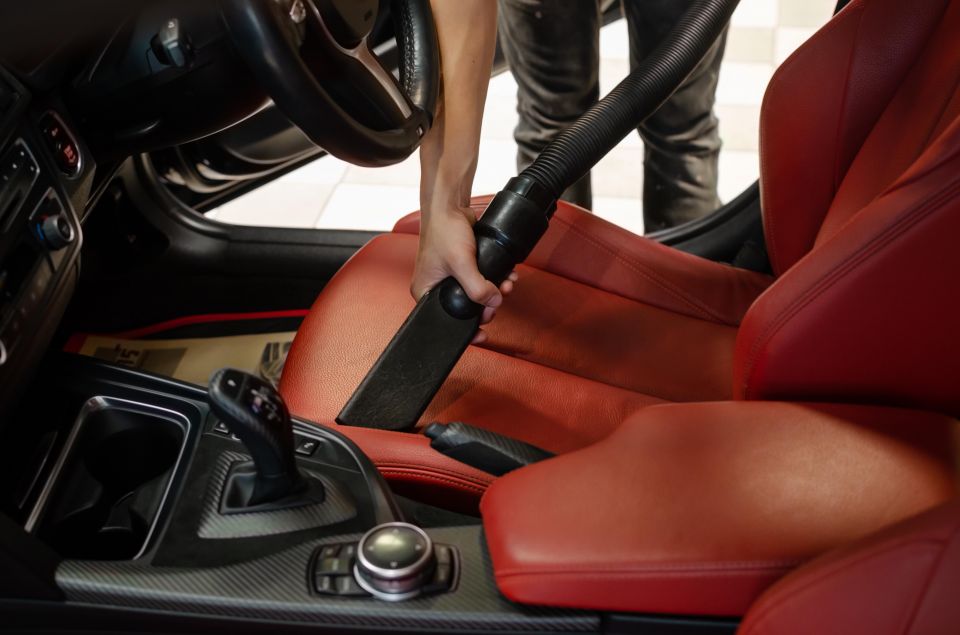
When it comes to tidying up the inside of your car, start by removing any personal belongings and thoroughly vacuum each section including the boot.
Next, move on to wiping surfaces such as windows, door cards, screens, and the dash. If your car has leather upholstery, it’s also worth investing in some leather treatments.
There’s an endless array of car care products available, so you can invest as much time and money as you see fit.
“We can always tell whether a car has been looked after or not by looking at it,” Mr Hopkins said.
Presenting a clean car is all well and good, but the only real proof you can give that a car has been looked after comes in the form of maintenance records.
MORE: Did you know you can sell your car with CarExpert? Get an easy valuation
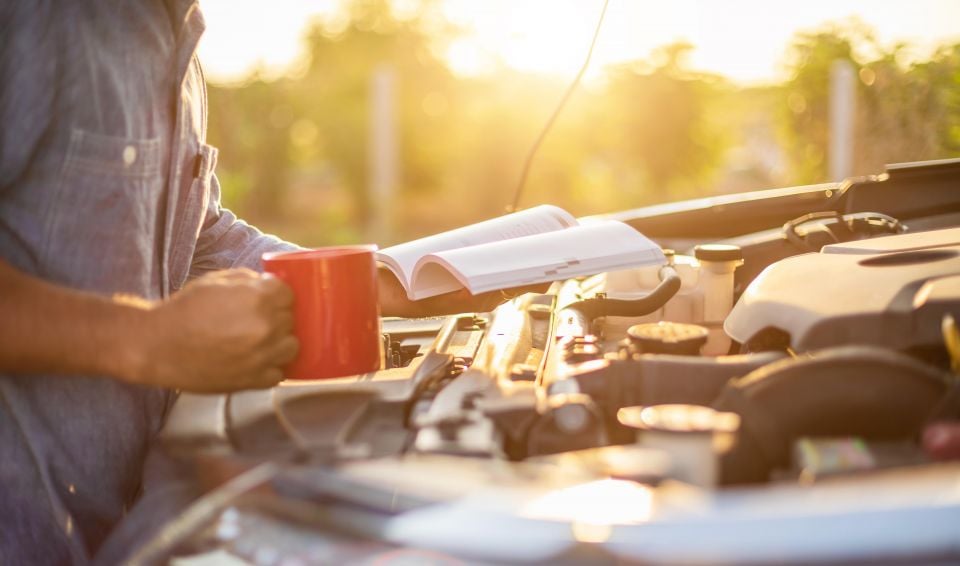
So, what documents will a dealer be after?
A service history, to begin with. Ideally your service book will be full of main dealer stamps, but any history is better than none. Receipts for completed maintenance work add detail to the overall picture.
In addition to evidence of servicing and repairs, a dealer will want to know that your car is roadworthy.
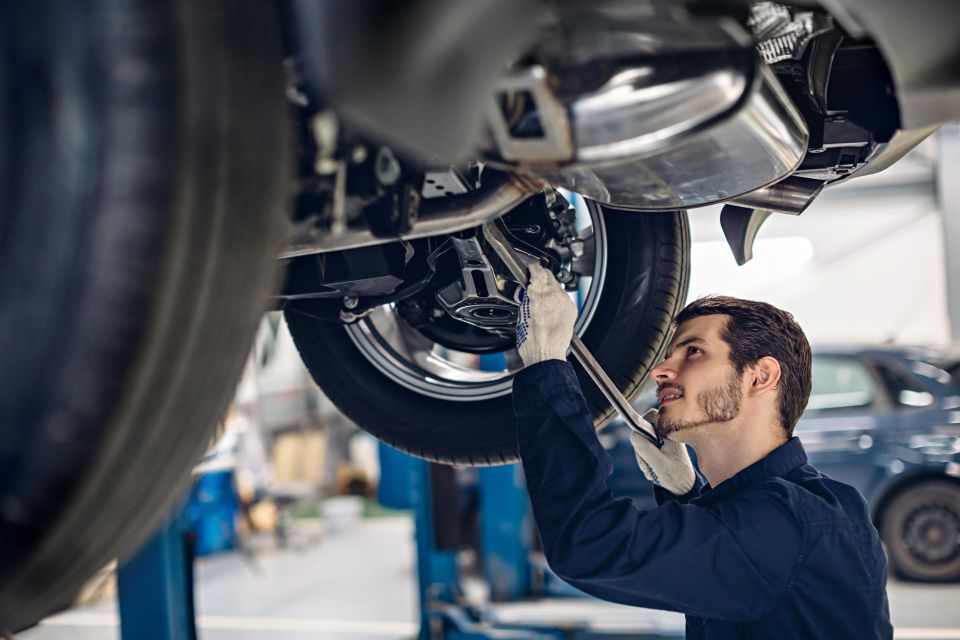
You can obtain a roadworthy certificate by submitting your car for an inspection at a licensed tester.
“Hopefully you have kept up with the servicing schedule while you’ve owned the car, but make sure that it’s in roadworthy condition when you come to sell it,” Mr Hopkins said.
Other documents that might come in handy include proof of registration and recall work as well as receipts and engineering certificates for modifications.
You probably have a figure in mind when it comes to the sale price of your car. But is it realistic? Could you even aim a little higher?

A few hours of research will help you to become the best possible advocate for your car, and put you in a strong position to negotiate.
First up, take a look at the market for cars similar to your own and come up with a ballpark estimate of its value.
With that in mind, what makes your car worth buying over other examples?
Maybe it’s a low mileage example, or comes decked out with all the factory options. Is it in a desirable specification?
It’s worth arriving at the dealer armed with a good sales pitch.

Finally you should consider if the economic conditions are likely to inflate or deflate the value of your car.
There might be certain supply or demand factors shifting car prices as a whole, from changes in wages to seasonal shifts (particularly for weather-reliant convertibles).
MORE: Did you know you can sell your car fast and hassle-free with CarExpert?
Josh Nevett is an automotive journalist based in Melbourne, Australia. Josh studied journalism at The University of Melbourne and has a passion for performance cars, especially those of the 2000s. Away from the office you will either find him on the cricket field or at the MCG cheering on his beloved Melbourne Demons.


Max Davies
4 Days Ago


Max Davies
4 Days Ago


Josh Nevett
3 Days Ago
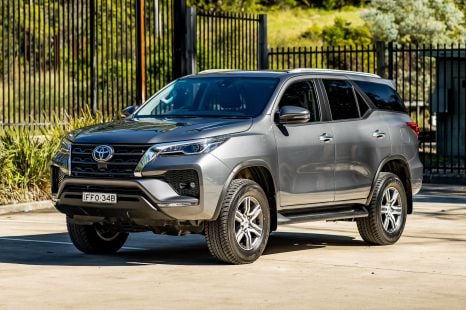

Matt Campbell
2 Days Ago


Max Davies
2 Days Ago


Angus MacKenzie
1 Day Ago